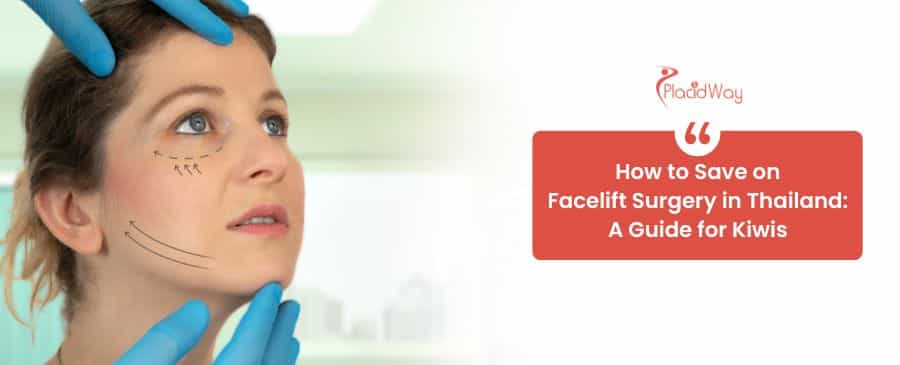
Key Takeaways
-
Significant Savings: New Zealanders (Kiwis) can expect to save between 50% and 70% on the cost of a facelift in Thailand compared to prices back home, even after factoring in flights and accommodation.
-
World-Class Standards: Top Thai hospitals, particularly in Bangkok and Phuket, are often JCI-accredited, meeting the same high standards of care, technology, and hygiene as leading Western hospitals.
-
All-Inclusive Packages: Many medical tourism packages bundle the surgery, surgeon's fees, anesthesia, hospital stay, and airport transfers, simplifying the entire process for international patients.
-
Facelift Costs in Thailand (NZD): A full facelift in Thailand typically costs between $8,000 and $12,000 NZD, compared to $25,000 - $40,000+ NZD in New Zealand.
-
Global Cost Comparison (Full Facelift):
-
New Zealand: $25,000 - $40,000+ NZD
-
Thailand: $8,000 - $12,000 NZD
-
Turkey: $6,500 - $10,000 NZD
-
Mexico: $8,000 - $14,000 NZD
-
What is a Facelift (Rhytidectomy) and Why Choose Thailand?
A facelift, or rhytidectomy, is a surgical procedure designed to reverse the visible signs of aging in the face and neck, such as sagging, jowls, and deep wrinkles. Thailand has become a global leader for this procedure by combining highly skilled, board-certified surgeons with state-of-the-art medical facilities at a fraction of the cost Kiwis would pay at home.
A facelift surgery in Thailand isn't just about saving money; it's about receiving exceptional value. The procedure has evolved significantly from the "wind-tunnel" look of the past. Modern techniques focus on repositioning the underlying muscle and tissue (the SMAS layer), not just pulling the skin tight. This results in a natural, refreshed, and long-lasting result that makes you look like a well-rested version of yourself.
For Kiwis, the appeal is twofold:
-
Cost: The primary driver. The savings are substantial enough to cover a premium surgical experience and a comfortable recovery holiday.
-
Expertise: Thai surgeons perform a high volume of aesthetic procedures for international patients. This constant practice hones their skills, particularly in advanced techniques like the deep plane facelift.
Many top-tier facilities in Bangkok, are JCI-accredited, which is the global gold standard for healthcare quality and patient safety.
Are You a Good Candidate for a Facelift?
The ideal candidate for a facelift is typically a non-smoking individual in good general health, usually between their 40s and 60s, who is bothered by moderate to severe facial sagging and jowls. Realistic expectations and good skin elasticity are crucial for a successful outcome.
This procedure is highly personal. You might be a good candidate if you:
-
Are bothered by the appearance of jowls (sagging skin along the jawline).
-
Have deep creases running from your nose to the corners of your mouth (nasolabial folds).
-
Feel your face has "fallen" or lost its youthful contour.
-
Have significant loose skin and wrinkles on your neck ("turkey neck").
-
Are in good physical health and can safely undergo general anesthesia.
-
Are a non-smoker or are willing to quit at least 4-6 weeks before and after surgery, as smoking severely impairs healing.
It's important to have realistic expectations. A facelift turns back the clock, but it doesn't stop it. It aims for a natural-looking rejuvenation, not a completely different appearance.
Understanding Your Facelift Options in Thailand
Thai surgeons offer a full spectrum of facelift techniques, from less invasive "mini-lifts" for early aging to comprehensive "deep plane" lifts for more significant rejuvenation. The best technique for you depends on your specific goals, anatomy, and the degree of skin laxity.
During your consultation (which can often be done virtually from New Zealand), your surgeon will recommend a specific technique. Here are the most common options available.
The Full Facelift (SMAS Lift)
The SMAS lift is the traditional gold standard. It addresses the lower two-thirds of the face and neck. The surgeon makes incisions hidden around the ear and in the hairline, then lifts and tightens not just the skin, but the underlying Superficial Musculo-Aponeurotic System (SMAS). This foundational layer is what provides durable, natural support to the face.
The Deep Plane Facelift
This is the most advanced and comprehensive technique, and many best plastic surgeons in Bangkok specialize in it. A deep plane facelift goes a step further than the SMAS lift. It releases key facial ligaments and lifts the entire composite block of muscle, fat, and skin as a single unit. This allows for a more powerful and natural repositioning of sagging cheeks (mid-face) and provides the most dramatic, yet subtle, improvement for the jowls and neck.
The Mini-Facelift (MACS Lift)
A mini-facelift, or "weekend lift," is best for Kiwis with early to moderate signs of aging, primarily focused on the jowls and jawline. It uses shorter incisions (a "short-scar" technique), involves less tissue dissection, and consequently, has a much faster facelift recovery timeline. It's less effective for heavy neck sagging or significant mid-face volume loss.
Non-Surgical Alternatives
If you're not ready for surgery, Thailand also offers cutting-edge non-surgical options like Ultherapy (HIFU) or thread lifts. While much cheaper and with no downtime, the results are far less dramatic and temporary, typically lasting 1-2 years.
Expert Insight
"Many patients from New Zealand and Australia specifically seek out the deep plane facelift in Thailand. While the recovery is slightly longer, the results are widely considered more natural and longer-lasting. Because the lift is done at a deeper level, there is no tension on the skin itself, which avoids that 'pulled' look. It's a technique that requires significant surgical skill, which is why choosing a board-certified surgeon with proven experience is non-negotiable."
How Much Can Kiwis Really Save? A Detailed Cost Breakdown
Kiwis can realistically save over $15,000 - $20,000 NZD by opting for a facelift in Thailand. A full facelift package in Thailand often costs between $8,000 and $12,000 NZD, whereas the same procedure in New Zealand can easily exceed $25,000 - $40,000 NZD for the surgeon and hospital fees alone.
The cost difference is not due to lower quality but to Thailand's lower cost of living and operational overheads. Here is a typical cost comparison (all figures are approximate and in NZD).
Facelift Cost Comparison: New Zealand vs. Thailand
| Procedure | New Zealand (Private) | Thailand (Medical Tourism) | Estimated Savings |
| Mini-Facelift | $15,000 - $22,000 | $5,500 - $8,000 | $9,500 - $14,000 |
| Full SMAS Facelift | $25,000 - $40,000+ | $8,000 - $12,000 | $17,000 - $28,000 |
| Deep Plane Facelift | $35,000 - $50,000+ | $10,000 - $19,000 | $25,000 - $31,000 |
| Facelift + Neck Lift | $30,000 - $50,000+ | $12,000 - $20,000 | $18,000 - $30,000 |
What's Typically Included in a Plastic Surgery Package Thailand?
When you get a quote from a provider like PlacidWay, the package price usually includes:
-
Surgeon's and Anesthesiologist's fees
-
All pre-operative consultations and post-operative follow-ups
-
Hospital room fees (typically 1-2 nights)
-
Operating room and all surgical supplies
-
Airport-hotel-hospital transfers
What's not usually included:
-
Flights: Return flights from Auckland (AKL) to Bangkok (BKK) can range from $1,200 to $2,000 NZD.
-
Accommodation: You'll need a hotel for 10-14 days. This can range from $80/night for a comfortable hotel to $200+/night for a luxury stay.
-
Food and Personal Expenses.
Even after adding an estimated $3,000 - $4,000 NZD for flights and a 2-week hotel stay, the savings remain massive.
Planning Your Medical Trip: From Auckland to Bangkok
A successful medical trip requires careful planning, starting with virtual consultations from home. Kiwis should prioritize JCI-accredited hospitals, verify their surgeon's credentials, and plan to stay in Thailand for at least 14 days post-surgery to allow for initial healing and follow-up appointments.
Step 1: Research and Virtual Consultations
This is the most critical step. Don't just look for the cheapest price.
-
Shortlist Clinics: Look for hospitals with strong international patient departments.
-
Verify Surgeons: Check their credentials, board certifications, and look at extensive before-and-after galleries.
-
Virtual Consult: Most clinics offer video consultations. Use this time to discuss your goals, ask which technique they recommend, and get a feel for their professionalism.
Step 2: Booking and Logistics
Once you've chosen a surgeon, you'll book your procedure.
-
Scheduling: Plan for a total trip of 15-20 days. Kiwis can enter Thailand for up to 30 days without a visa.
-
Flights: Book your flights to Suvarnabhumi Airport (BKK) in Bangkok or Phuket International Airport (HKT).
-
Accommodation: Book a comfortable hotel or serviced apartment for your recovery. Many are "recovery-friendly" and located near the major hospitals.
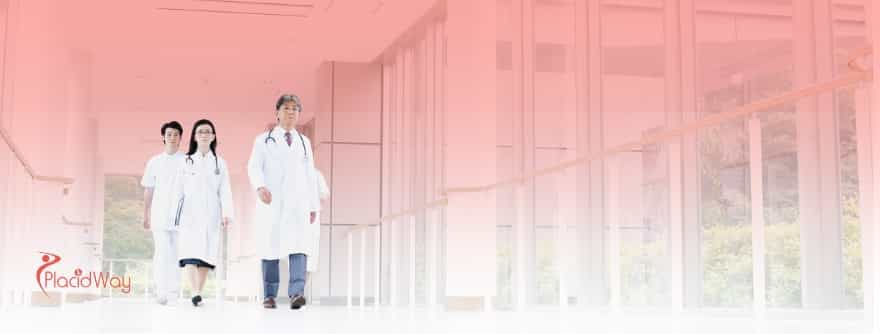
Step 3: The "Medical Holiday" Itself
You'll fly in 1-2 days before your surgery for a final in-person consultation and pre-operative tests. After your surgery and a 1-2 night hospital stay, you will be discharged to your hotel to recover. You'll have 2-3 follow-up appointments with your surgeon to check your healing and remove stitches before you're cleared to fly home.
What to Expect: The Facelift Procedure and Recovery
The facelift itself takes 3-6 hours under general anesthesia, followed by a 1-2 night hospital stay. The first week of recovery involves swelling and bruising, with stitches typically removed after 7-10 days. Most patients are "socially presentable" after 2 weeks and cleared to fly home.
Preparing for Your Surgery
Your surgeon will give you a list of pre-op instructions. This includes stopping all blood-thinning medications and supplements (like Aspirin, Ibuprofen, and fish oil) two weeks prior, and as mentioned, stopping smoking completely.
Your Facelift Recovery Timeline in Thailand
-
Day 1-3 (Hospital Stay): You will wake up with your head wrapped in bandages and likely small drains to prevent fluid buildup. Your main job is to rest and manage discomfort with prescribed medication.
-
Day 4-7 (Hotel Recovery): You'll be discharged to your hotel. Swelling and bruising will peak during this time. You must rest with your head elevated (even while sleeping). Light walking is encouraged.
-
Day 7-10 (Stitch Removal): You'll have a follow-up to have stitches or staples removed. You will start to look and feel much better.
-
Day 10-14 (Getting Stronger): Most of the significant swelling and bruising has subsided. You'll likely be cleared by your surgeon to fly home at this point.
-
Week 3-6 (Back in NZ): You can return to work (if non-strenuous) and light exercise. The final, refined results will continue to emerge over the next 6-12 months as all residual swelling resolves.
Did You Know?
A 2023 report from the International Society of Aesthetic Plastic Surgery (ISAPS) places Thailand among the top 15 countries worldwide for the total number of aesthetic surgical procedures performed. This high volume contributes to the advanced skill level and streamlined processes found in its top medical facilities.
Understanding the Risks and Ensuring Safety
While facelift surgery in Thailand is very safe at accredited facilities, all surgery carries risks. These include infection, hematoma (a collection of blood under the skin), nerve injury, and poor scarring. Kiwis must also consider the added risk of deep vein thrombosis (DVT) from the long-haul flight.
Your surgeon will discuss these risks in detail.
-
Surgical Risks: Hematoma is the most common immediate risk, which is why drains are used. Nerve injury, which can cause temporary or (rarely) permanent facial weakness, is a risk that is minimized by choosing an highly experienced surgeon.
-
Flight Risks: The long flight from New Zealand (9+ hours) increases the risk of DVT. Your surgeon will clear you to fly and will advise you to wear compression stockings and move around the cabin regularly on your flight home.
-
Minimizing Risks: The single best way to save money on plastic surgery safely is to never compromise on quality. Choose a JCI-accredited hospital, a board-certified surgeon with a specialty in facelifts, and follow all pre-and-post-operative instructions perfectly.
Life After Your Facelift: Long-Term Aftercare
Once you return to New Zealand, your aftercare involves protecting your incisions from the sun and maintaining a healthy lifestyle. While the results are long-lasting (often 10-15 years), the natural aging process will continue. A good skincare regimen can help prolong your rejuvenated appearance.
Your surgical team in Thailand will remain available for virtual follow-ups. You can also have your local GP in New Zealand monitor your healing. The most important long-term care is sun protection. Your incision lines will be sensitive, and the harsh NZ sun can cause them to darken. A high-SPF, broad-spectrum sunscreen is mandatory.
Frequently Asked Questions (FAQ)
Is Thailand safe and good for facelift surgery?
Yes, Thailand is considered one of the world's top destinations for plastic surgery. Its best hospitals are JCI-accredited, adhering to the highest international standards. Surgeons are often trained in the US, UK, or Australia and have extensive experience with international patients.
How much does a full facelift cost in Thailand?
For a Kiwi patient, a full SMAS facelift in Thailand typically costs between $8,000 and $12,000 NZD. This is a 50-70% saving compared to the $25,000 - $40,000+ price tag in New Zealand.
How long do I need to stay in Thailand after a facelift?
You should plan to stay in Thailand for a minimum of 14 days after your surgery. This allows for your 1-2 night hospital stay, a week of initial rest, and your crucial follow-up appointments for stitch removal and final clearance to fly home.
What is the best age for a facelift?
There is no "best" age. It depends on your individual signs of aging and genetics. Most patients are between their late 40s and mid-60s, when skin laxity, jowls, and neck sagging become more pronounced.
What is a deep plane facelift and is it better?
A deep plane facelift is an advanced technique that lifts the muscle and skin together as one unit. It is highly effective for lifting the mid-face (cheeks) and correcting heavy jowls, often providing the most natural and long-lasting results. It is generally considered a superior but more complex technique.
What are the risks of getting a facelift abroad?
The risks are the same as getting surgery at home (infection, bleeding, scarring, nerve injury) with the added considerations of a long-haul flight (DVT risk), potential language barriers, and the need for a safe recovery environment. These risks are minimized by using a reputable medical tourism facilitator like PlacidWay and choosing an accredited, internationally-renowned hospital.
Why Choose PlacidWay for Your Thai Facelift?
PlacidWay connects you directly with a network of pre-vetted, world-class surgeons and JCI-accredited hospitals in Thailand. We simplify the entire process for Kiwis, from initial virtual consultations and transparent, all-inclusive package quotes to coordinating your travel and ensuring you have support on the ground.
Navigating international healthcare can be daunting. PlacidWay acts as your trusted partner, ensuring you don't just find a cheap option, but the right one.
-
Access to the Best: We only partner with top-tier plastic surgeons in Bangkok and Phuket.
-
Compare Free Quotes: Receive multiple, no-obligation quotes from different facilities to compare prices and packages.
-
End-to-End Coordination: We help you manage your medical records, schedule your appointments, and coordinate your airport and clinic transfers.
-
Peace of Mind: Travel from New Zealand with the confidence that your entire medical journey is being managed by experts.
Ready to Explore Your Options?
Contact PlacidWay today for a free, personalized quote for your facelift in Thailand.

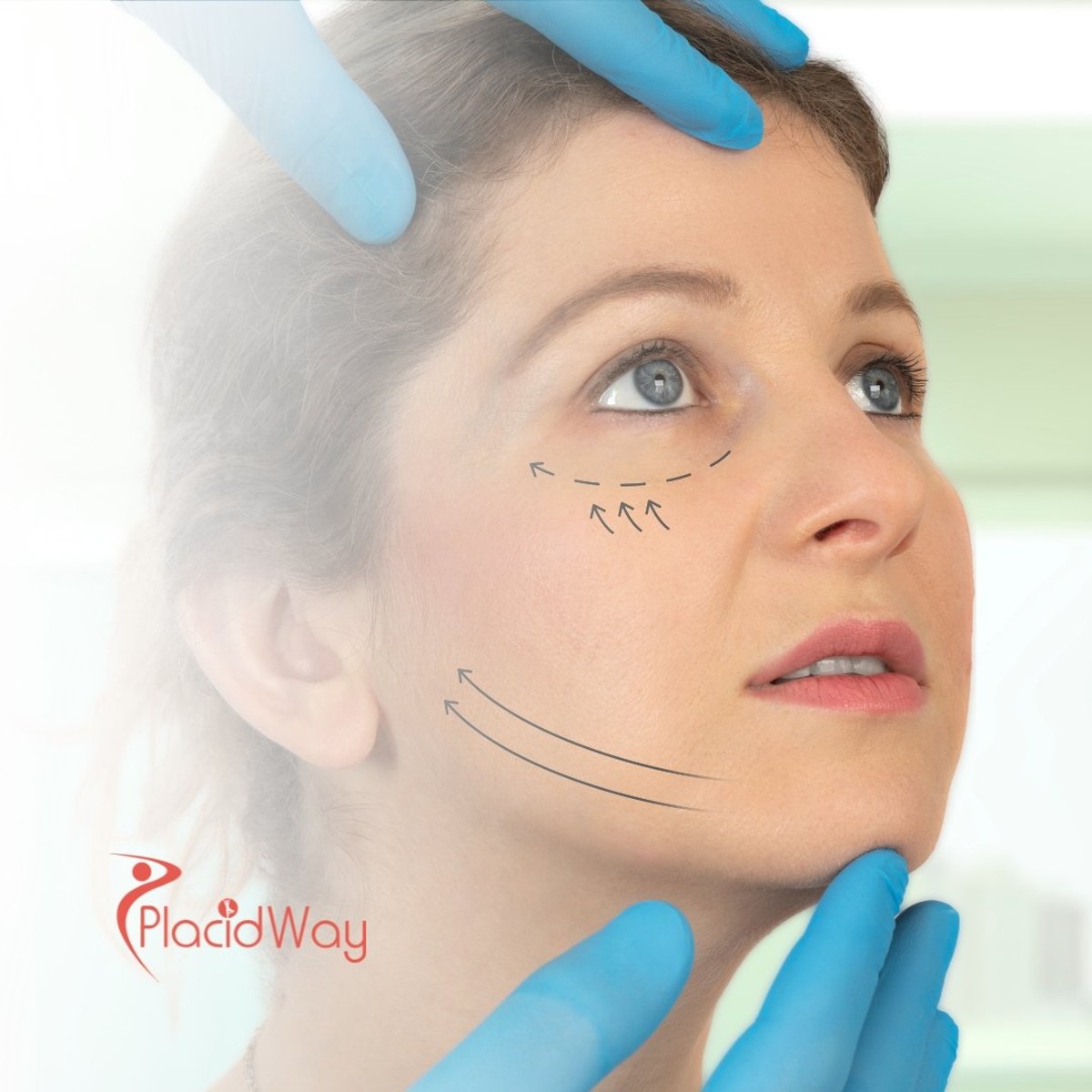


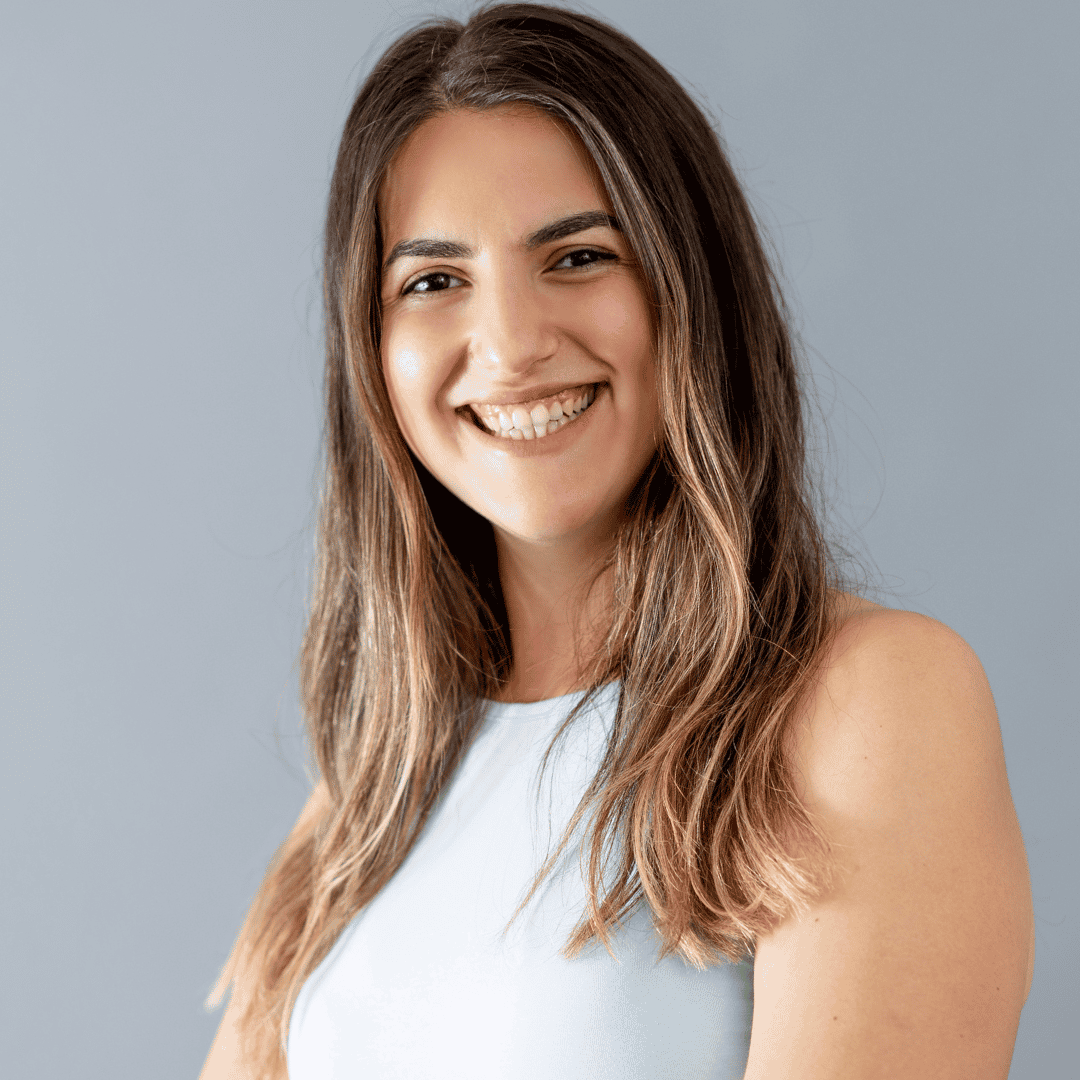


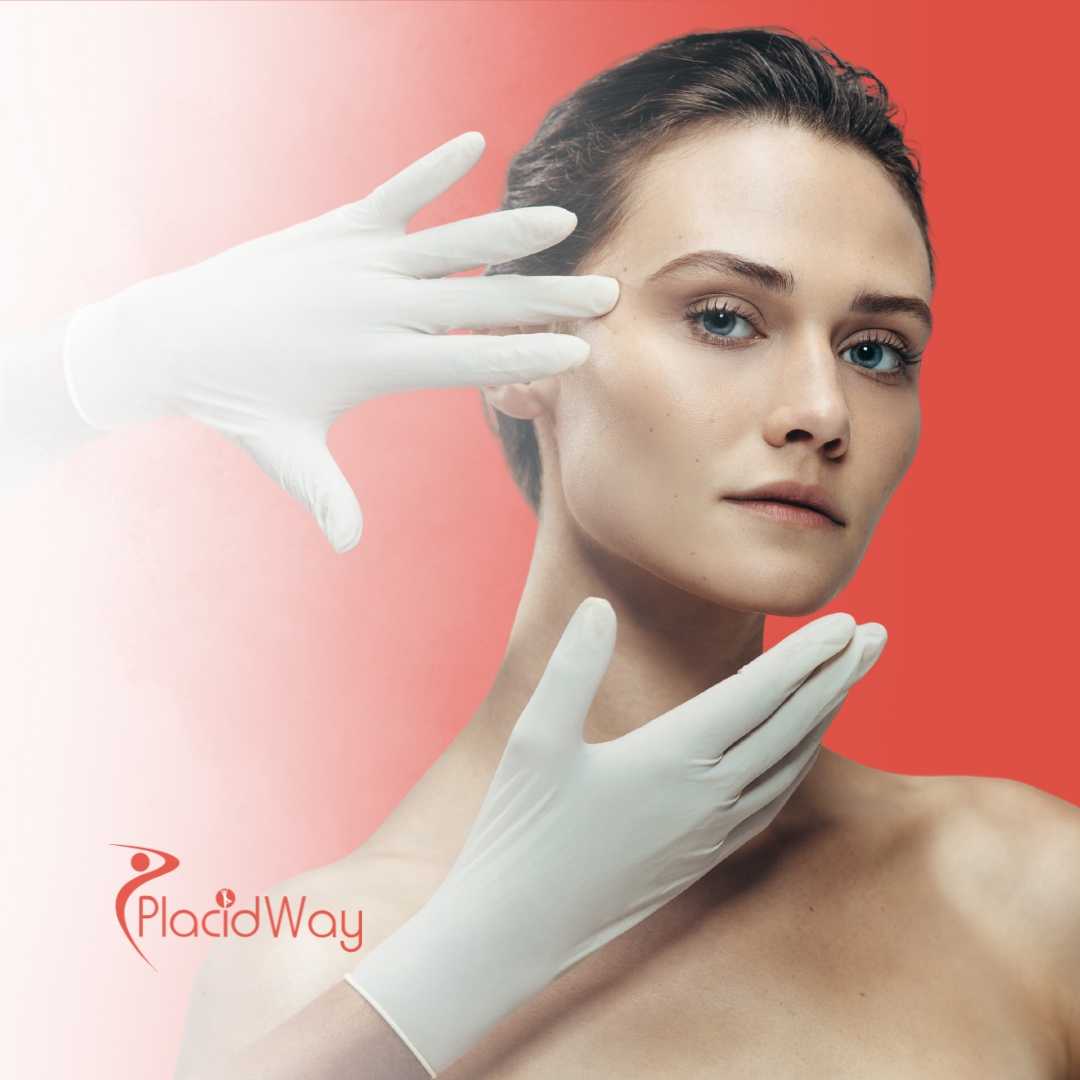
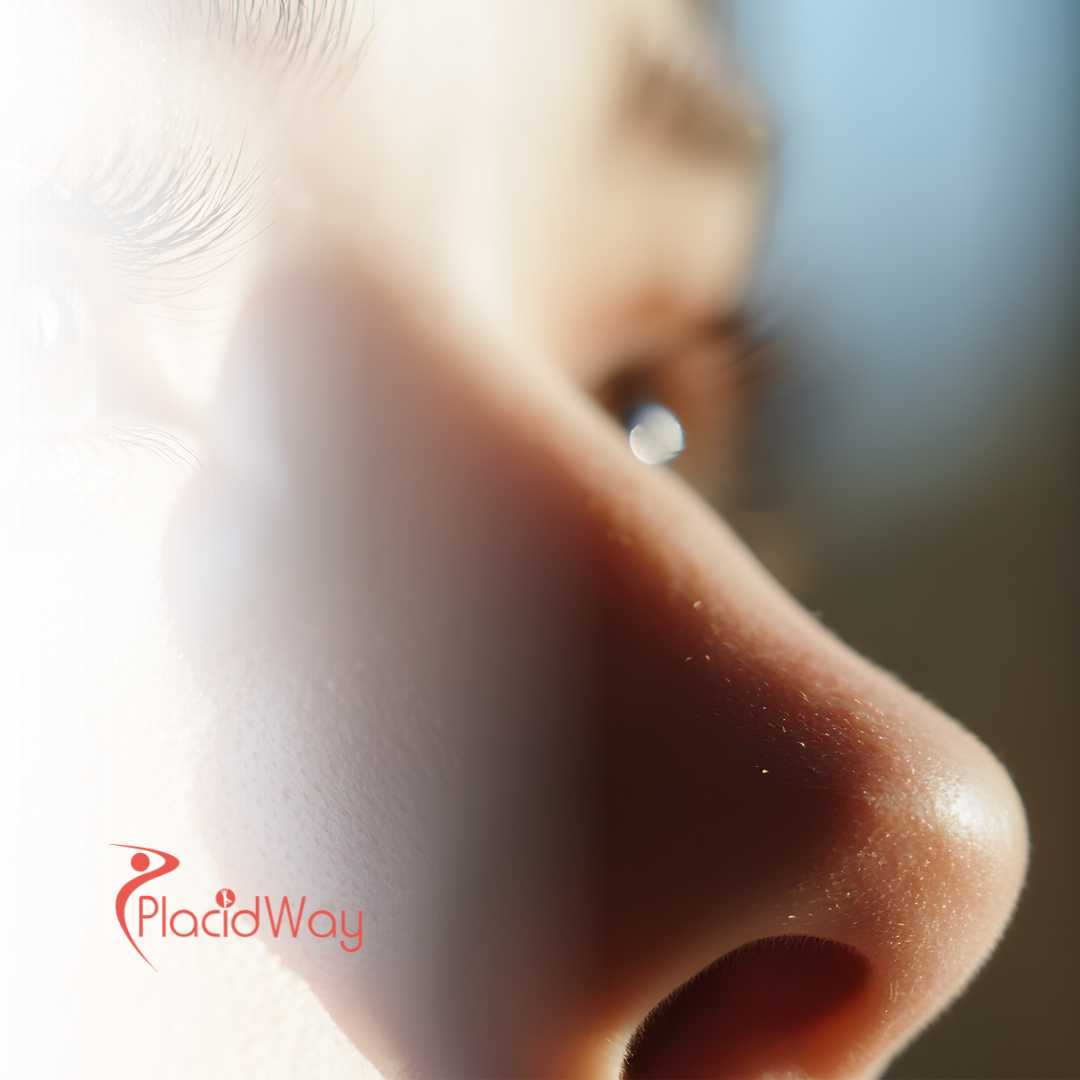
.jpg)
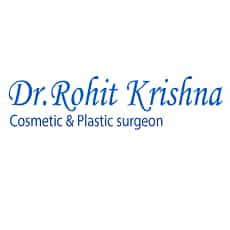
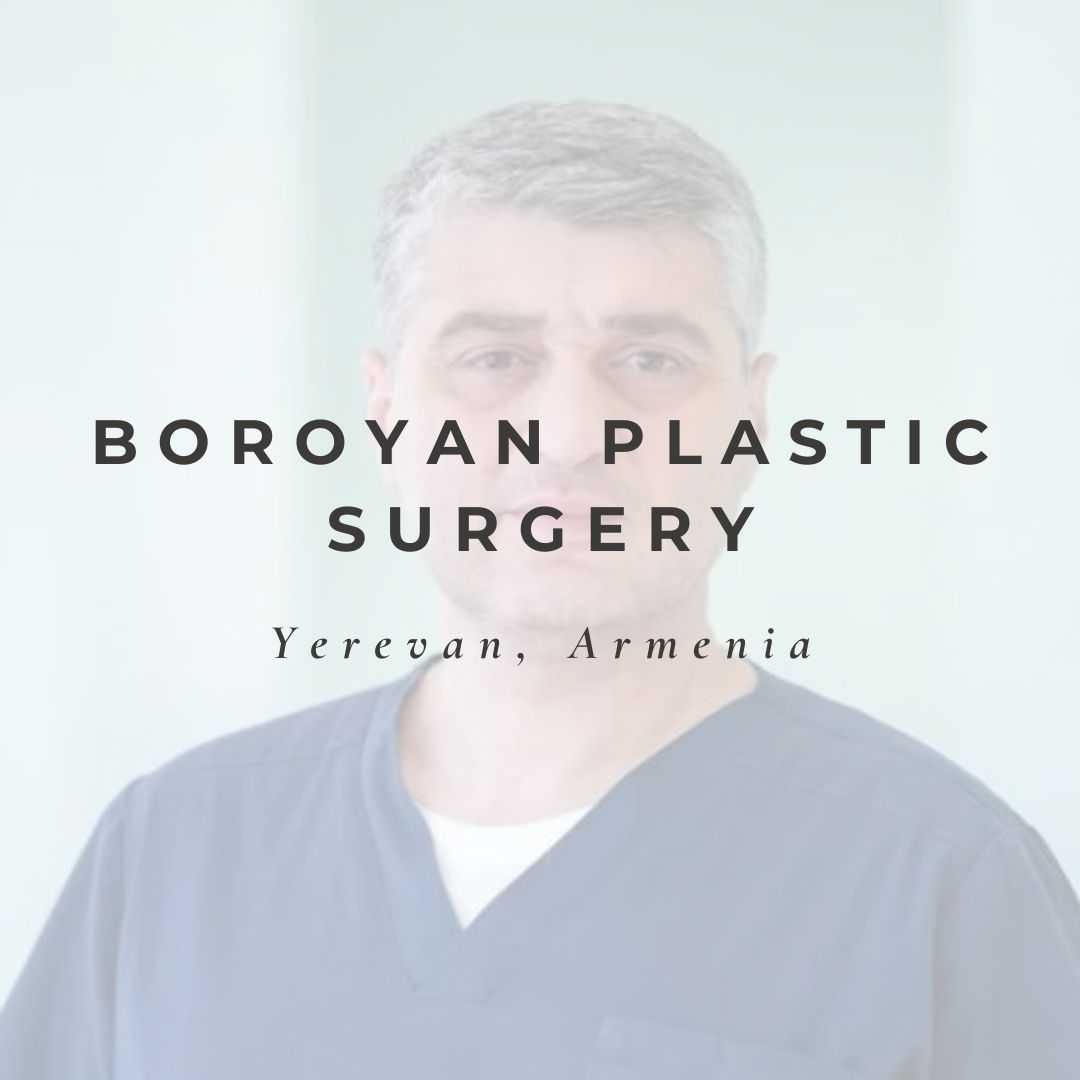
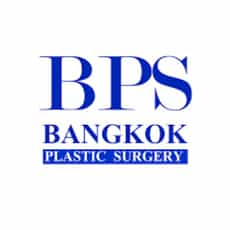
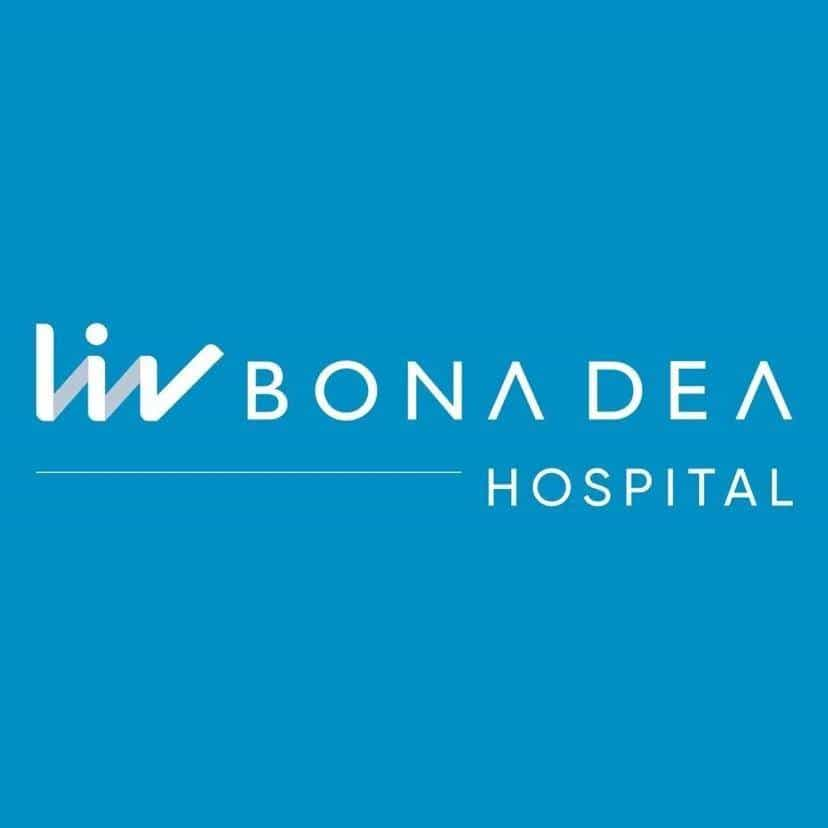
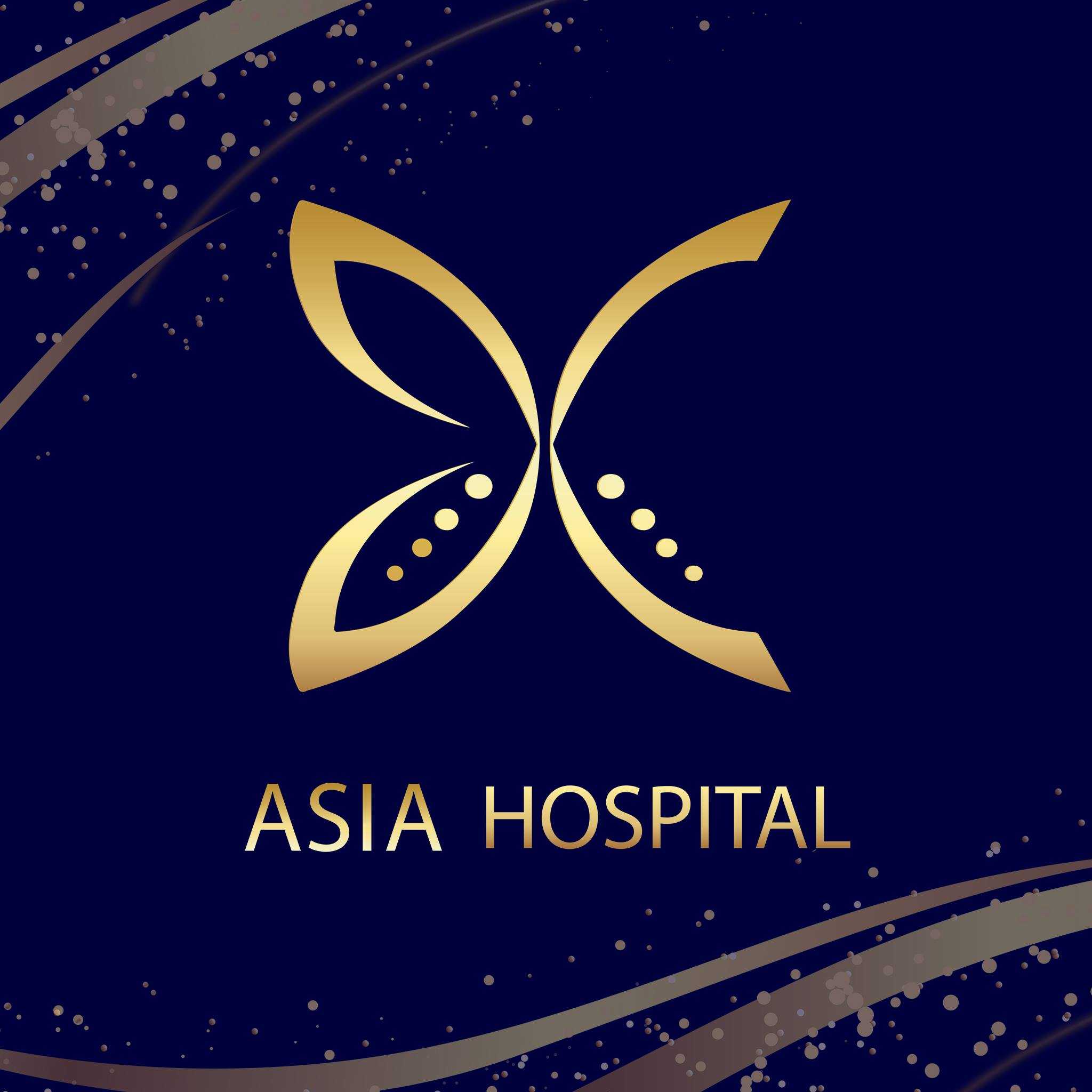

Share this listing